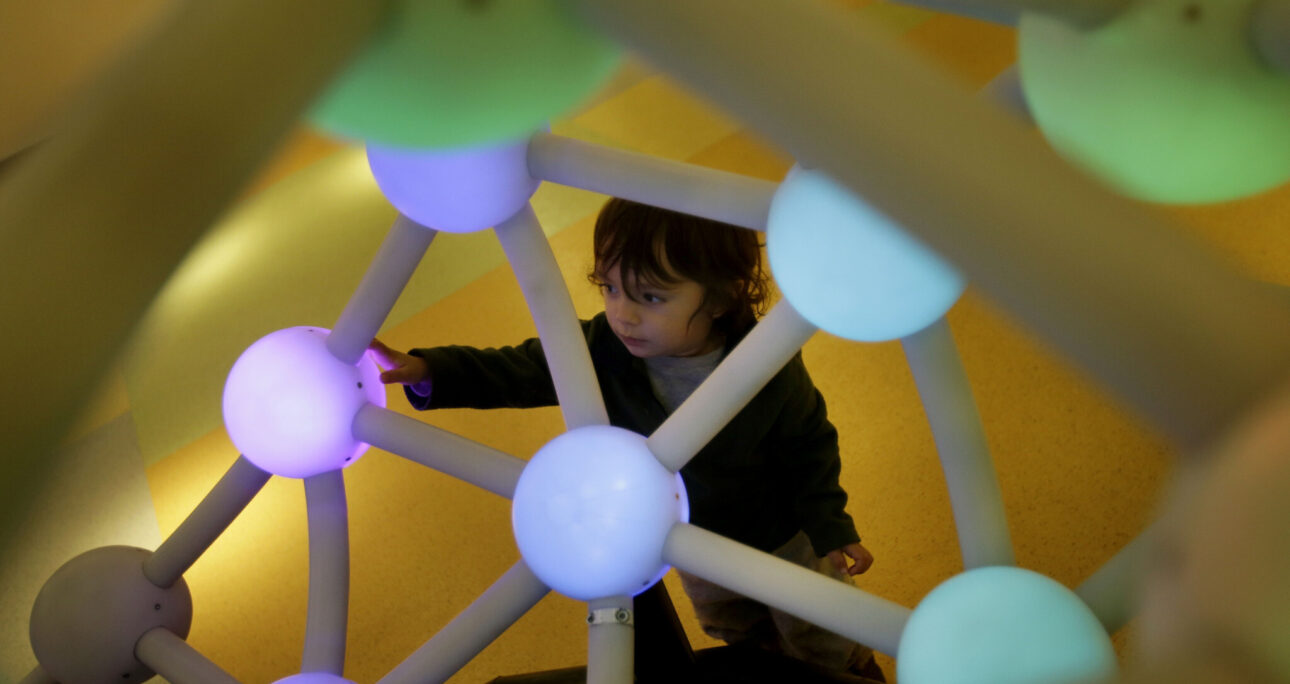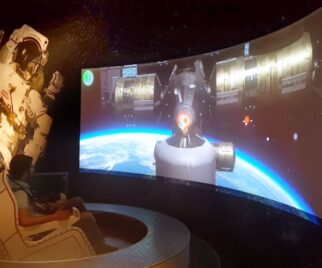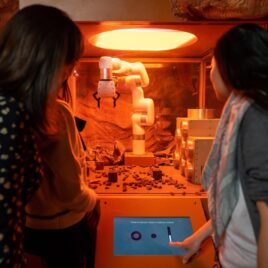Within the vibrant tapestry of science centers and museums, interactive mathematics exhibits emerge as portals into the enchanting realm of numbers, shapes, and patterns. These exhibits transcend traditional classroom learning, offering visitors an engaging and hands-on exploration of mathematical concepts. Let’s delve into the significance of interactive mathematics exhibits and explore why they play a crucial role in fostering a love for math.
The Importance of Interactive Mathematics Exhibits
1. Tactile Learning Experience:
Interactive mathematics exhibits provide a tactile learning experience, allowing visitors to physically engage with mathematical concepts. Touching, manipulating, and experimenting with mathematical principles make abstract ideas more tangible.

2. Visualizing Abstract Concepts:
Mathematics can be abstract and challenging to visualize. Interactive exhibits use concrete examples to help visitors grasp complex mathematical concepts, turning numbers and equations into interactive and visually compelling displays.
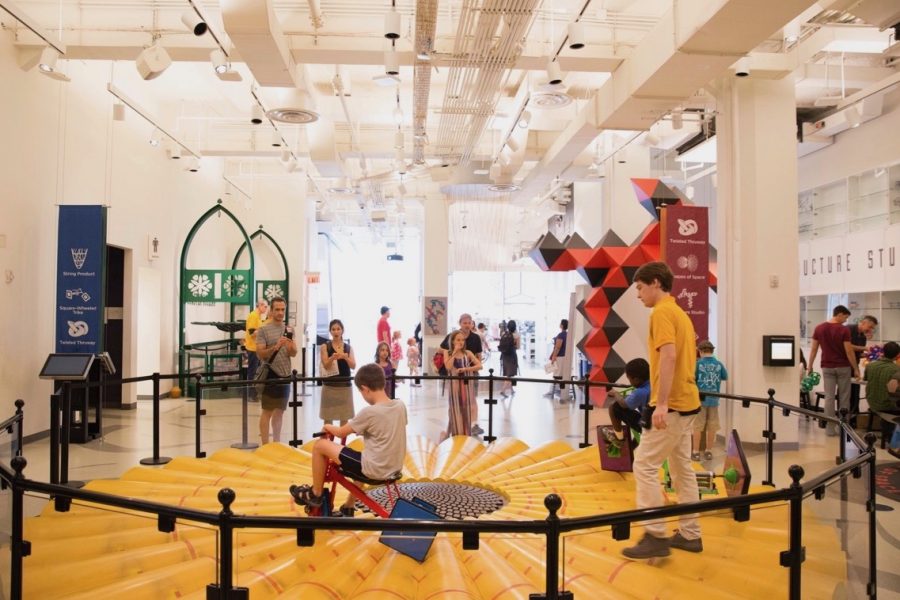
3. Making Math Fun:
By turning mathematical concepts into interactive and enjoyable experiences, these exhibits dispel the notion that math is dull or intimidating. Visitors are more likely to approach mathematical challenges with enthusiasm when presented in a playful and engaging manner.
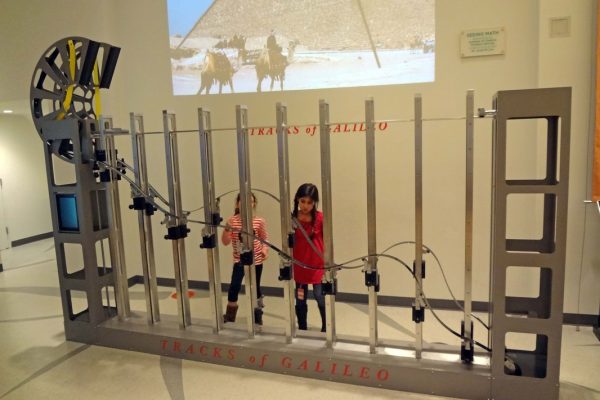
4. Connecting Math to the Real World:
Interactive exhibits showcase the real-world applications of mathematical principles. From exploring geometric patterns to understanding mathematical concepts in daily life, visitors witness how math is integral to various fields and industries.
5. Encouraging Critical Thinking:
Mathematics encourages critical thinking and problem-solving skills. Interactive exhibits challenge visitors to analyze patterns, solve puzzles, and engage in mathematical reasoning, fostering a deeper understanding of the logical and analytical aspects of math.
6. Demystifying Mathematical Complexity:
Complex mathematical concepts become more accessible through interactive exhibits. Visitors can explore the beauty of fractals, understand the principles of probability, and unravel the mysteries of mathematical patterns, making advanced math concepts more approachable.
7. Inspiring Mathematical Exploration:
For students and enthusiasts, interactive mathematics exhibits inspire a sense of curiosity and exploration. By making math enjoyable and interactive, these exhibits can spark an early interest in mathematics and motivate further exploration of the subject.
8. Community Education and Engagement:
Science centers serve as educational hubs within communities. Interactive mathematics exhibits provide a valuable resource for schools, families, and individuals seeking to enhance their mathematical literacy and understanding.
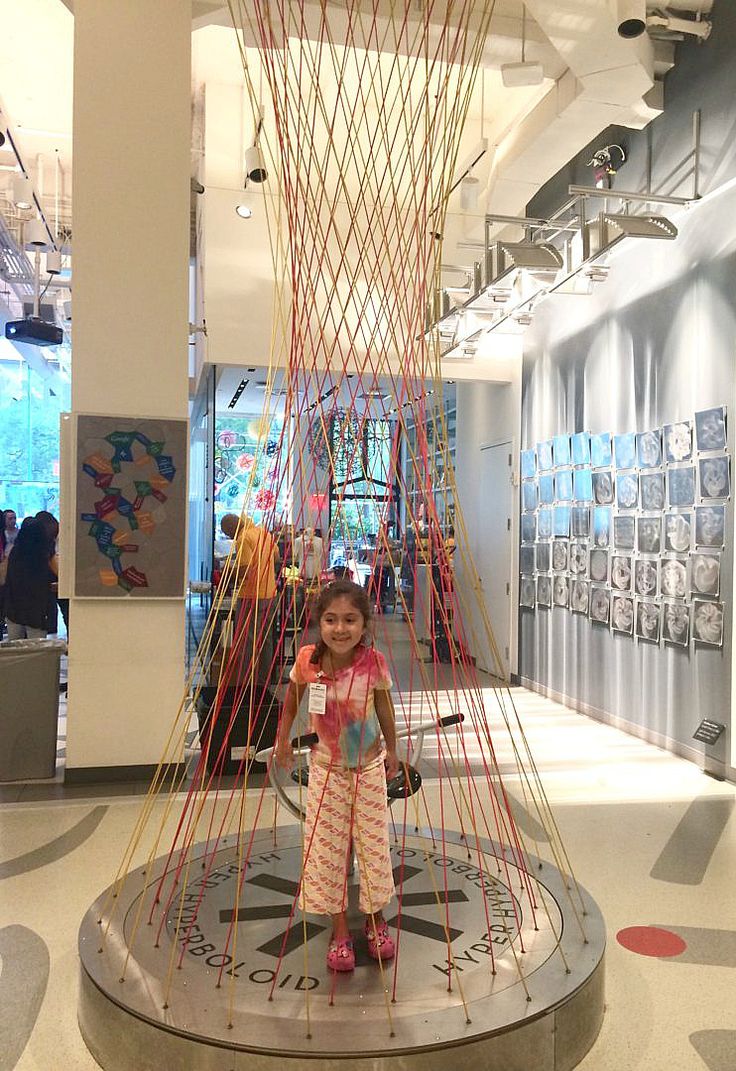
A Mathematical Odyssey
In conclusion, interactive mathematics equipment are catalysts for transforming the perception of mathematics. By offering hands-on experiences, demystifying complexity, and fostering an appreciation for the beauty of mathematical patterns, these exhibits become bridges to a world where numbers come alive. Science centers and museums, through their interactive mathematics exhibits, play a pivotal role in inspiring a love for math, promoting mathematical literacy, and nurturing the mathematical curiosity of visitors of all ages. Through exploration and engagement, mathematics becomes not just a subject but a fascinating journey of discovery within the dynamic realm of science centers and museums.


